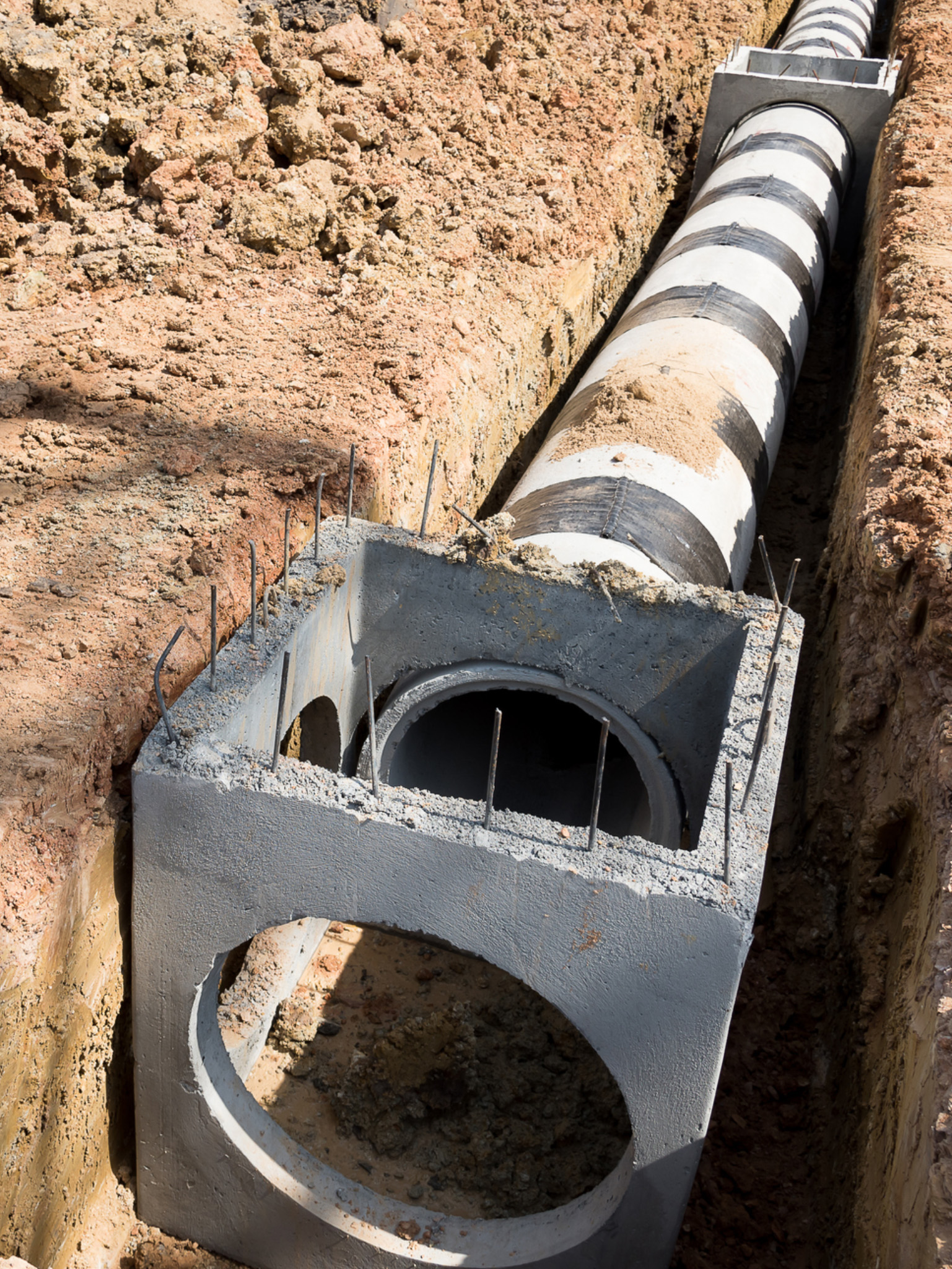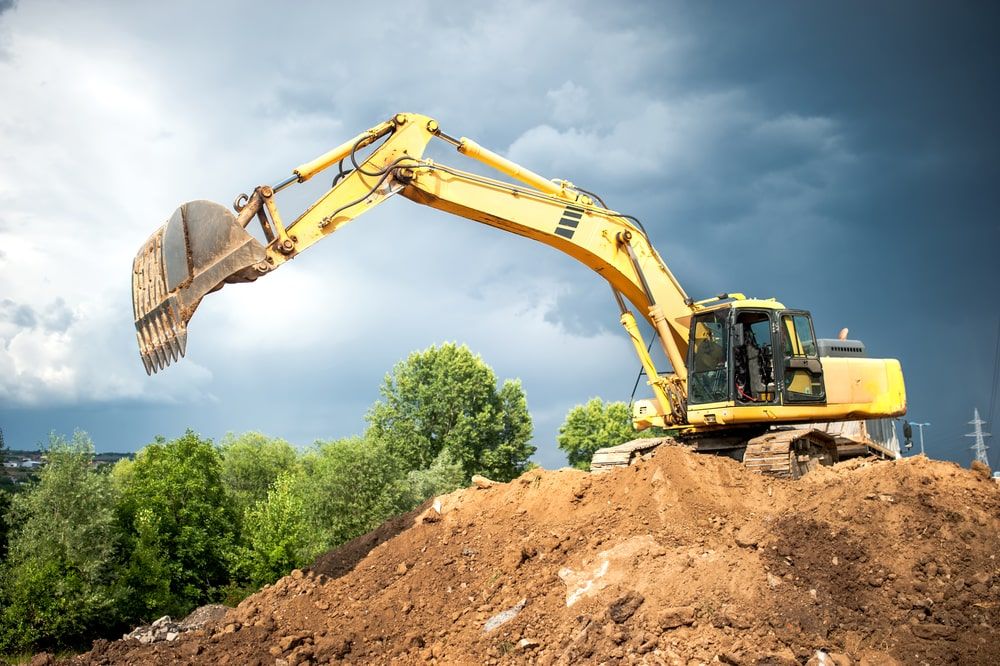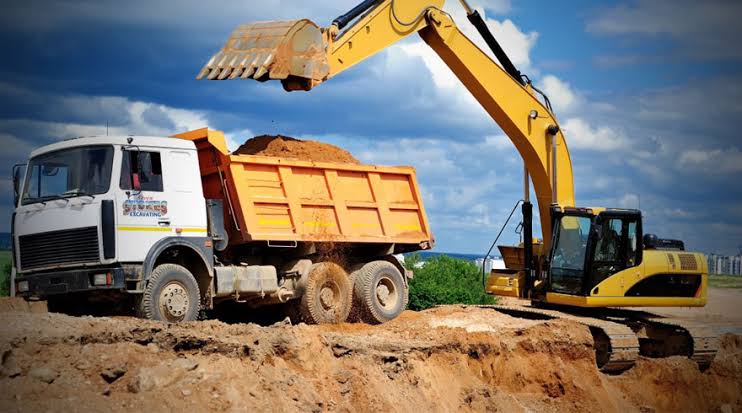Revealing the Art of Excavation: Pro Tips for Safe and Effective Digging
As soil is transformed and earth is relocated, the ins and outs of excavation reveal themselves, requiring an eager understanding of tools, soil make-up, security methods, and environmental factors to consider. The experience needed to browse these elements properly can imply the distinction between an effective excavation task and a prospective calamity.
Importance of Appropriate Tools
To ensure the safety and efficiency of any type of excavation project, using the proper tools is extremely important. Excavation tasks differ in range and complexity, ranging from little property landscape design work to massive building endeavors.
Excavators are basic items of equipment in any kind of digging operation. These versatile devices been available in different dimensions to match various job demands. Tiny excavators are ideal for smaller tasks, while larger excavators take on much more comprehensive tasks effectively. Backhoes are an additional important tools kind, combining the functions of a loader and an excavator in one equipment. They are useful for tasks requiring versatility and ability to move.
Bulldozers stand out in jobs that require pressing large quantities of dirt or particles. By spending in the suitable equipment, excavation tasks can be finished safely, on time, and with accuracy.
Comprehending Soil Composition
A detailed grasp of soil composition is fundamental for performing excavation tasks with accuracy and security. Comprehending the various kinds of dirt is essential as it straight influences excavation methods, equipment selection, and total job performance.
Sand particles are the biggest and supply good drainage but offer little communication. Silt bits are smaller sized than sand but bigger than clay, providing modest drain and cohesion. Clay particles are the smallest and provide high communication but poor drain. Organic matter, such as decaying plant product, impacts soil fertility and stability.
Prior to beginning excavation, carrying out dirt examinations to establish its structure and features is important. This info helps in selecting the ideal equipment, executing precaution, and creating excavation techniques tailored to the particular dirt conditions - excavating ohio. By understanding dirt make-up, excavation professionals can boost job end results while guaranteeing safety and security and adherence to ideal practices
Security Procedures and Methods
Understanding dirt structure is the cornerstone whereupon precaution and procedures for excavation projects are constructed, ensuring the health of workers and the success of the undertaking. There are several vital steps that need to be applied to reduce risks and protect against accidents. when it comes to safety during excavation.
Primarily, prior to any kind of excavating starts, an extensive assessment of the website should be conducted to identify any type of potential dangers such as below ground utilities, unstable dirt problems, or close-by structures that can position a risk. It is important to have a proficient individual oversee the excavation procedure to ensure that all security protocols are adhered to purely.
Furthermore, all employees included in the excavation has to be effectively learnt risk-free digging methods and the appropriate procedure of devices. Personal safety tools (PPE) such as tough hats, high exposure clothes, gloves, and safety boots need to be used at all times to lessen the threat of injuries. lancaster trenching. Normal security conferences and tool kit talks need to likewise be carried out to maintain all workers educated regarding possible threats and reinforce secure work methods. By sticking to these precaution and procedures, excavation jobs can be completed efficiently and without incident.
Efficient Excavation Planning
When embarking on an excavation task, careful planning is important to make sure efficiency, safety, and effective results. Efficient excavation planning entails a helpful hints number of essential steps that are essential for the smooth execution of the job. The very first step is to conduct an extensive site analysis to determine any possible dangers, such as underground energies or unstable dirt conditions. This details is crucial for developing a thorough excavation plan that consists of precaution and run the risk of mitigation methods.
When the website assessment is total, the next step is to develop a clear timeline and schedule for the excavation tasks. This consists of identifying the series of jobs, devices needs, and workforce allotment. Appropriate organizing helps prevent hold-ups and makes certain that the project remains on track.

Moreover, communication among all team members is vital throughout the preparation stage. Clear instructions, normal updates, and effective coordination are necessary for an effective excavation job. By spending time and initiative in careful preparation, excavation groups can dramatically boost performance, decrease threats, and accomplish successful outcomes.

Managing Ecological Considerations
With enhancing focus on ecological sustainability in construction techniques, taking care of environmental factors to consider has actually come to be a crucial element of excavation projects. Excavation tasks have the possible to affect the surrounding environment via soil disintegration, sediment overflow, habitat interruption, and contamination of water resources. To alleviate these risks, it is vital to execute ideal methods that focus on environmental defense.

Furthermore, proper waste management is essential to avoid soil and water contamination. Carrying out treatments for the disposal of harmful materials, recycling of waste materials, and lessening making use of dangerous chemicals can dramatically reduce the environmental effect of excavation jobs. By integrating these methods into excavation planning and implementation, building and construction firms can make certain that their tasks are not just risk-free and efficient but also environmentally responsible.
Conclusion
Finally, grasping the art of excavation requires a comprehensive understanding of appropriate equipment, soil composition, security steps, and More Info efficient preparation. By following these standards and thinking about environmental variables, excavations can be carried out safely and successfully. It is important to prioritize safety and security and performance in every digging project to ensure effective outcomes.
As dirt is turned and earth is relocated, the ins and outs of excavation reveal themselves, requiring a keen understanding of tools, soil make-up, security methods, and environmental factors to consider.To guarantee the safety and security and effectiveness of recommended you read any kind of excavation project, making use of the suitable devices is paramount.A thorough grasp of dirt make-up is fundamental for implementing excavation projects with precision and safety and security. Understanding the various kinds of soil is vital as it straight impacts excavation techniques, tools option, and general task efficiency. By comprehending dirt composition, excavation experts can boost project outcomes while making sure safety and adherence to finest techniques.